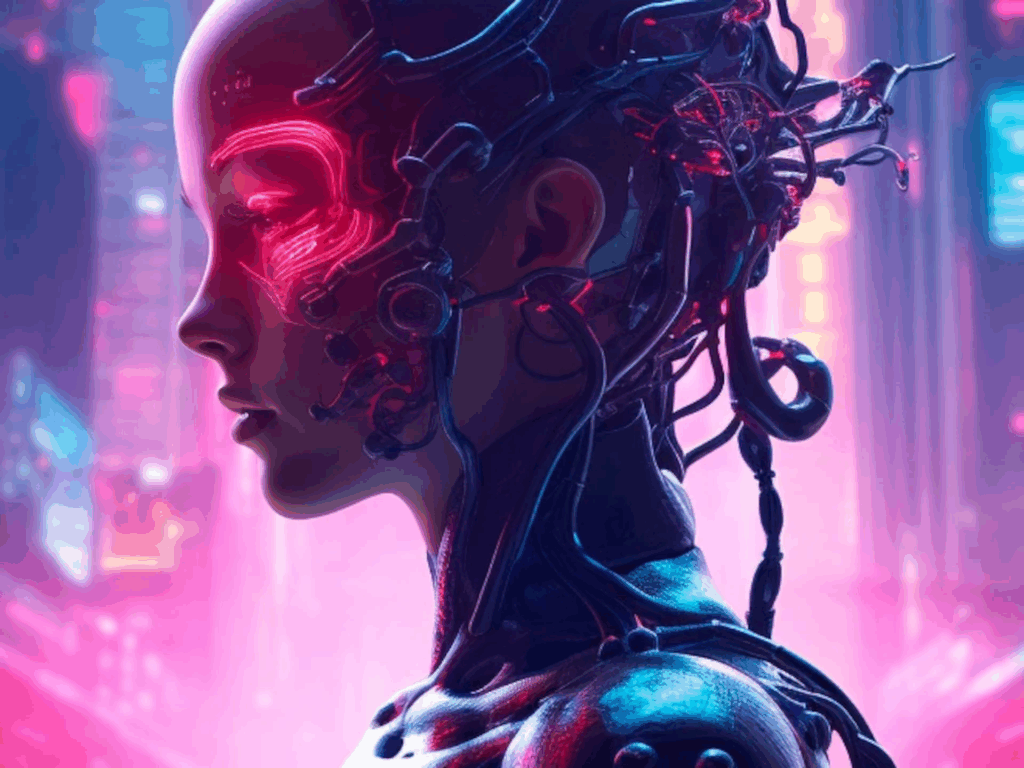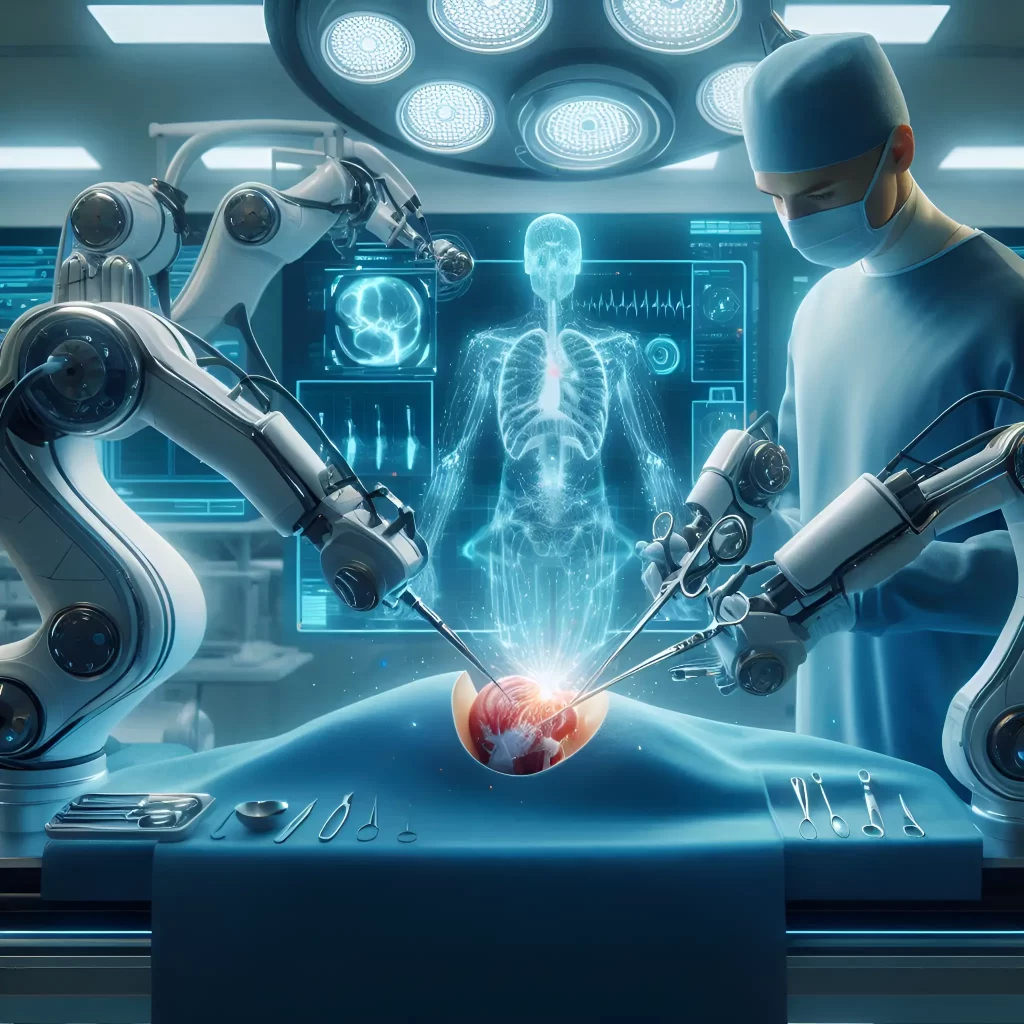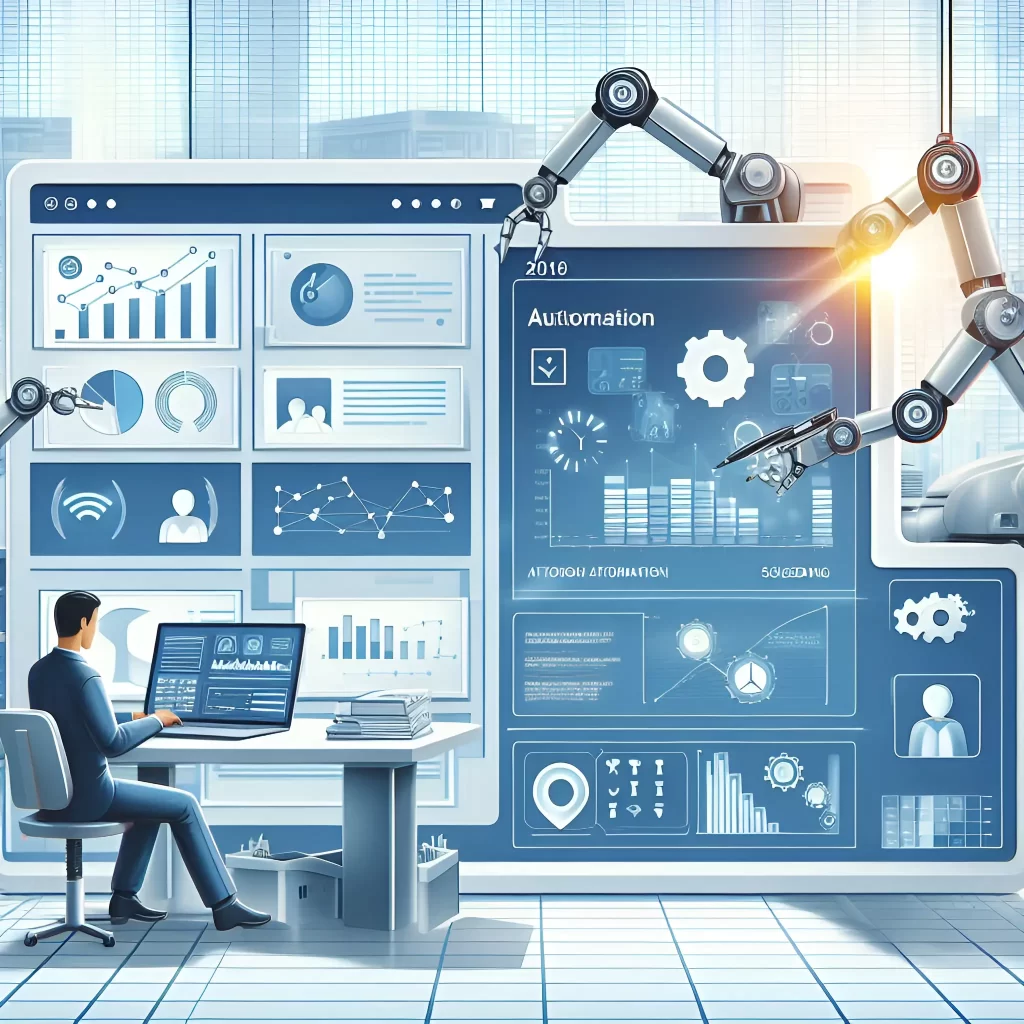
Key Takeaways
- AI image generators leverage artificial neural networks (ANNs) for image creation.
- Prominent tools include Stable Diffusion, DALL-E, and Midjourney.
- Applications span commercial uses, creative fields, and editing tools.
- Ethical and legal challenges persist, including copyright issues and misinformation risks.
- Leading companies are shaping the future of this technology.
In recent years, the world of digital art and design has been transformed by an extraordinary technology known as the AI image generator. These innovative tools harness the power of artificial intelligence to create stunning images based on simple text prompts. As curiosity about AI image generation spreads rapidly across various creative industries, understanding how this technology works becomes essential. This blog post will explore the core technology behind AI image generators, their workflow processes, applications, ethical challenges, and the leading companies paving the way in this exciting frontier.
Understanding the Core Technology Behind AI Image Generators
At the heart of AI image generators lies the intricate world of artificial neural networks (ANNs). These are sophisticated models trained on vast datasets containing millions of image-text pairs. By analyzing these datasets, AI image generators learn visual patterns, styles, and relationships among objects – essentially learning how to create art by understanding the various elements within each image. The output is then generated by predicting pixel arrangements that align with the input prompts provided by users (source), (source).
Prominent frameworks driving today’s AI image generation include Stable Diffusion, DALL-E, and Midjourney. These tools utilize advanced architectures such as transformers or diffusion models, enabling them to produce highly refined outputs that captivate users (source).
The Workflow Process: How AI Image Generators Create Art
Understanding the steps involved in creating an image using an AI image generator provides insight into the sheer sophistication of this technology:
- Training: The process begins with models ingesting millions of images containing associated metadata. This trains the AI to recognize associations between textual prompts and visual elements. For example, the prompt “cat” helps the AI learn about fur, whiskers, and common poses seen in countless images (source), (source).
- Prompt Interpretation: Once a user provides a prompt, it undergoes interpretation. Natural language prompts are transformed into numerical representations using systems like CLIP (Contrastive Language-Image Pretraining). This allows the AI to better understand user intentions and guide the synthesis of the desired image (source), (source).
- Generation: The real magic occurs during the generation phase, where the neural network iteratively refines noise into a cohesive image. AI image generators often leverage latent diffusion techniques. These methods compress images into low-dimensional spaces, making the processing of images more efficient and enhancing output quality (source), (source).
Applications of AI Image Generators
1. Commercial Use
In the commercial realm, AI image generators have found numerous applications. Businesses are leveraging these tools to create compelling marketing visuals, design product prototypes, and even generate stock photography. The ability to produce unique and tailored images at scale has revolutionized marketing strategies, allowing companies to save time and resources while producing eye-catching content (source), (source). For additional insights into AI’s real-world applications, check our previous post on Top 10 Everyday Applications of AI You Didn’t Know About.
2. Creative Fields
AI image generators are also making waves in the fields of art and creativity. Artists can utilize these tools for concept art, illustrations, and stylistic emulations. For example, an artist can prompt an AI to mimic the brushstrokes of famous artists like Van Gogh, generating artwork that resonates with classical styles in new, innovative ways (source), (source).
3. Editing Tools
Furthermore, AI image generators are enhancing editing tools used by professionals. Features such as automated background removal, image upscaling, and style transfer are becoming commonplace in applications like Photoshop Generative Fill. This allows users to streamline their workflow while benefiting from the power of AI (source).
Navigating Ethical and Legal Challenges
As the capabilities of AI image generators grow, so too do the ethical and legal challenges surrounding their use. Some key issues to consider include:
Copyright Concerns
One major concern is the potential infringement of copyright. Many AI models are trained on copyrighted art, leading to questions about ownership and consent. The debate centers around whether artists deserve compensation for the use of their work in AI training datasets (source), (source). This is especially relevant in discussions around How AI is Revolutionizing Healthcare: Top 5 Use Cases, where ethical considerations come into play.
Misinformation Risks
Additionally, the ability of AI image generators to create hyper-realistic images opens the door to misinformation. The generation of deepfakes and deceptive political content is a growing concern in society. Ensuring that AI-generated content is accurately represented and not misleading has become a pressing challenge (source).
Employment Impact
Another pressing issue is the impact on employment. The rise of AI in graphic design, photography, and related sectors poses a threat to traditionally held jobs. As AI image generators become more capable, industry professionals may face increased competition from automated systems (source). Insights into the future of jobs can be found in our post How will AI and jobs change in the future?.
Leading Companies in AI Image Generation
A variety of companies are leading the charge in developing cutting-edge AI image generators. Here are the key players to watch:
- OpenAI: Known for producing DALL-E, OpenAI has been a pioneer in text-to-image synthesis. The organization has implemented controlled access to their tools to mitigate risks associated with misuse (source).
- Stability AI: This company brought us Stable Diffusion, which is an open-source model that allows users to customize their image generation experience locally. The democratization of AI tools is a key aspect of Stability AI’s mission (source).
- Midjourney: Specializing in stylistic outputs, Midjourney provides users access to its services via Discord. This platform has quickly gained popularity among artists and creative enthusiasts alike (source).
The Controversial Future of AI Image Generators
As we move forward, the technology behind AI image generators remains both a source of excitement and contention. While the potential for creative transformation is immense, unresolved ethical and legal challenges continue to loom. Striking a balance between innovation and responsibility will be crucial for the future of AI in the art world (source), (source), (source).
In conclusion, the realm of AI image generation is evolving at a rapid pace, holding tremendous promise for both commercial and creative sectors. As we embrace this new era of technology, it’s essential to remain aware of the complexities and challenges that accompany it. The excitement surrounding AI image generators is just beginning, and we can only imagine the incredible possibilities that lie ahead.
Frequently Asked Questions
What is an AI image generator?
An AI image generator is a tool that uses artificial intelligence to create images based on text prompts.
How does AI image generation work?
It works by training artificial neural networks on vast datasets to learn visual patterns and relationships between text and images.
What are some popular AI image generators?
Popular examples include DALL-E, Stable Diffusion, and Midjourney.
What are the ethical concerns surrounding AI image generators?
Key concerns include copyright infringement, misinformation risks, and the impact on employment.
Who are the leading companies in AI image generation?
Leading companies include OpenAI, Stability AI, and Midjourney, each contributing to the advancement of this technology.


